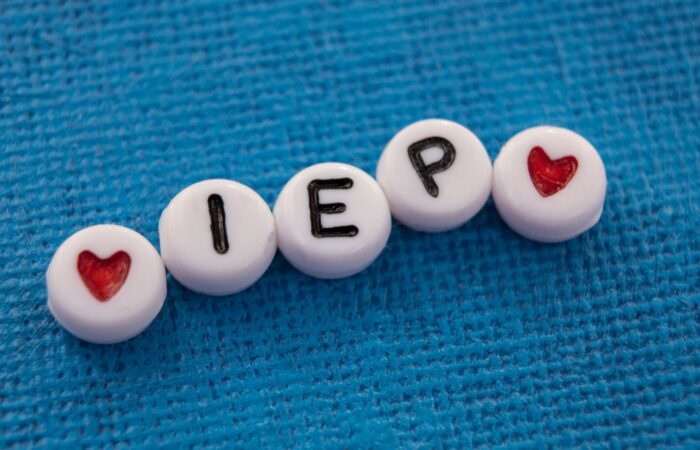During an IEP (Individualized Education Program) meeting, a team of educators, parents, and sometimes the student (depending on age) gather to discuss a student’s individual needs based on evaluations, and collaboratively develop a plan outlining specific educational services and supports required to address those needs, including accommodations and modifications that will be implemented in the classroom to ensure their success in school.
THE IEP - DURING THE MEETING

WHAT HAPPENS DURING THE MEETING?
INTRODUCTIONS & PURPOSE
The meeting begins with introductions of all attendees, including parents, teachers, specialists, and sometimes the student (especially for older students). The team reviews the purpose of the meeting, whether it’s an initial IEP, an annual review, a reevaluation, or a meeting to address concerns or changes.
REVIEWING STUDENT DATA
The team discusses the student’s present levels of academic achievement and functional performance (PLAAFP). Teachers and specialists provide recent evaluations, observations, progress reports, and assessment results. to better understand the student’s strengths, weaknesses, and areas needing support. Parents are encouraged to share their concerns, observations, and goals for their child.
IDENTIFYING NEEDS
Based on the data, the team discusses the student’s specific educational needs and how they might impact their learning.
DEVELOPING GOALS
Measurable annual goals are created based on the student’s needs, covering academics, behavior, social-emotional skills, communication, gross motor, fine motor, and/or other areas.
DETERMINING SERVICES AND SUPPORTS
The team discusses what accommodations, modifications, and specialized instruction the student needs. This can include services such as: Speech therapy, Occupational or Physical therapy, Counseling services, Assistive technology, Classroom accommodations (e.g., extra time on tests, preferential seating)
ACCOMMODATIONS & MODIFICATIONS
Parents and teachers should maintain open communication about how the IEP is working. If issues arise, parents can request additional meetings to discuss adjustments.
COMMUNICATION & COLLABORATION
The IEP team must meet at least once a year to review and update the IEP as needed. A full reevaluation is required at least every three years to determine if the student still qualifies for special education services.